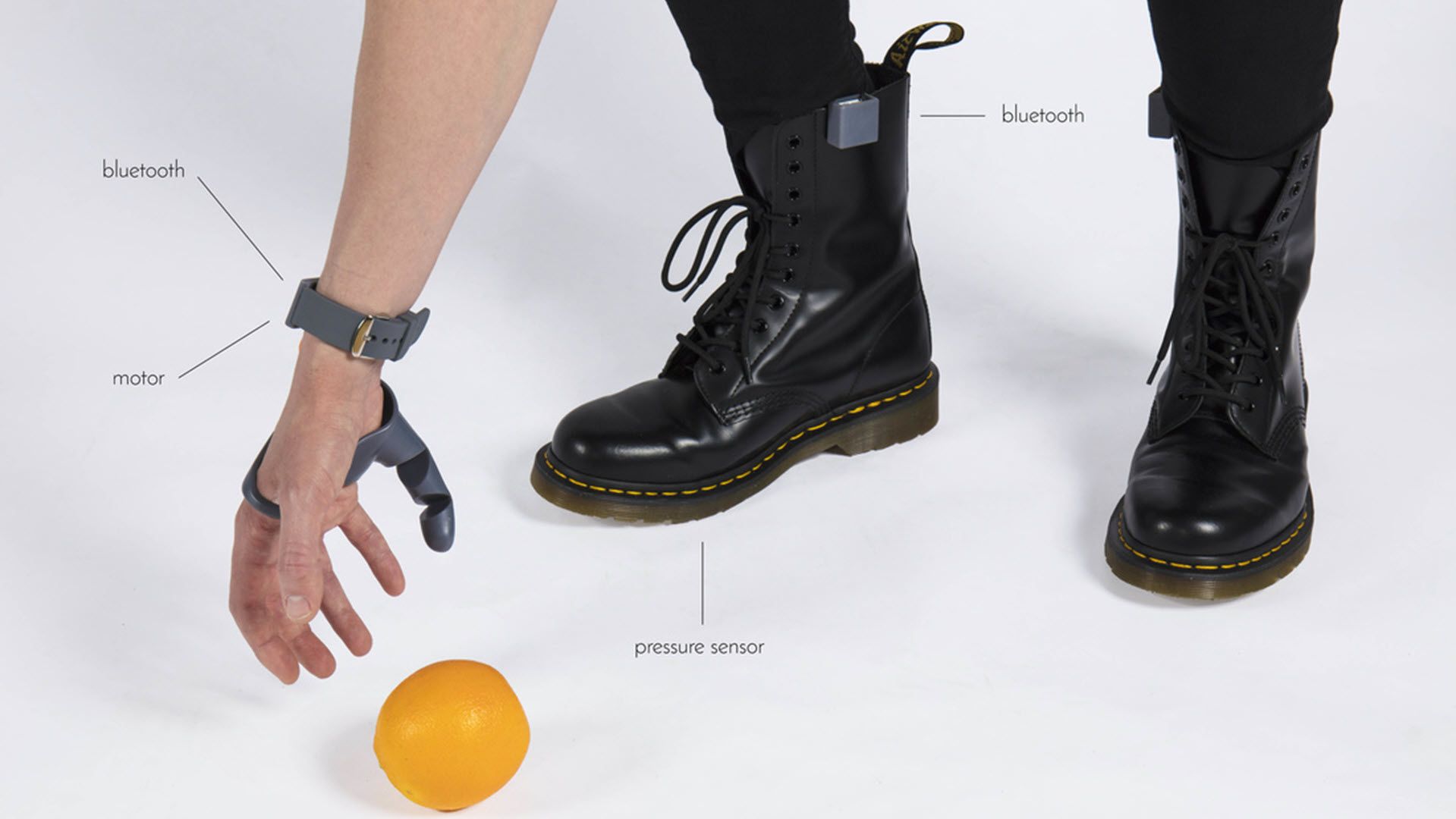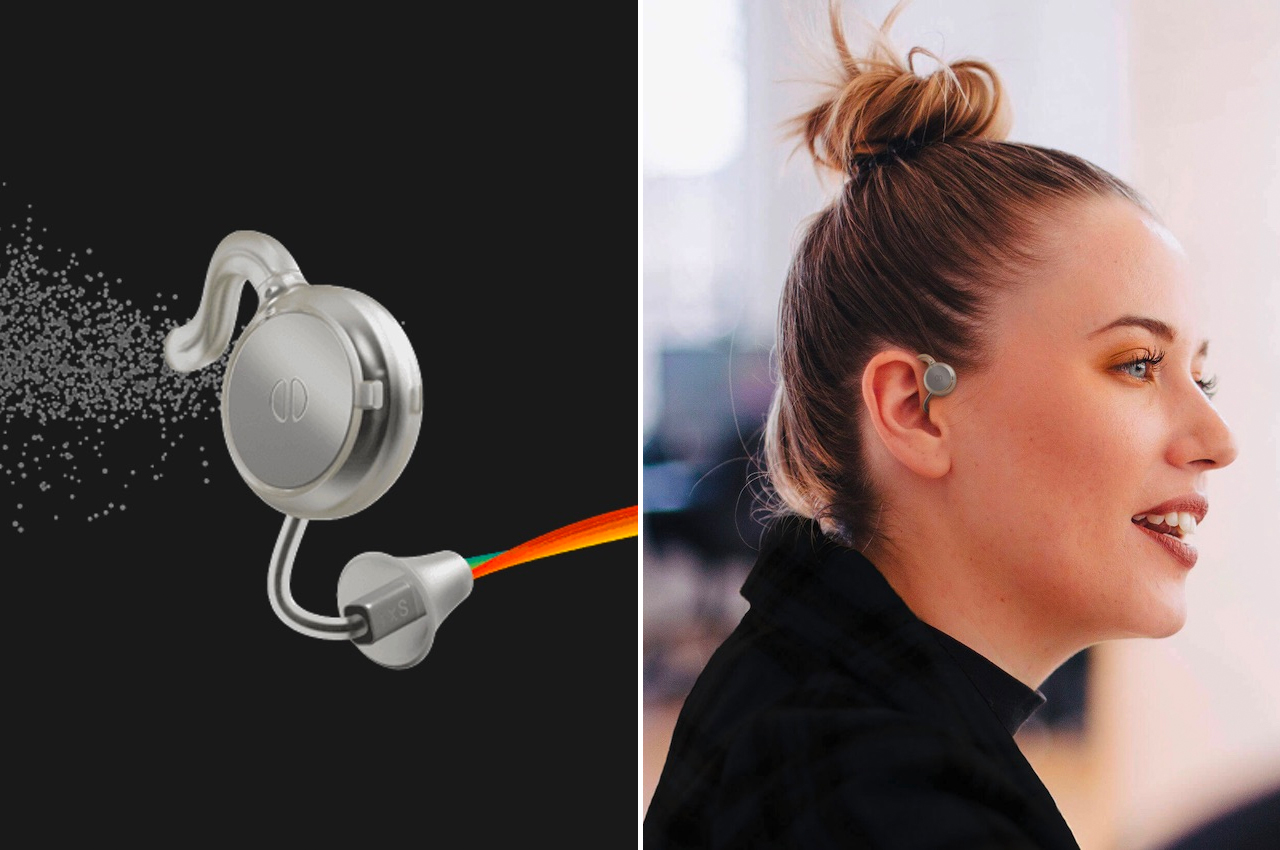#Research Shows People Adapt to an Robotic Third Thumb Easily – Review Geek

“#Research Shows People Adapt to an Robotic Third Thumb Easily – Review Geek”

Do you think you could get used to a working third thumb? As in a second thumb on one of your hands. The idea sounds preposterous, right? Researchers created a Third Thumb prosthetic appendage and quickly discovered that our brain actually changes to adapt to it. It’s wild.
Designer Dani Clode originally developed the Third Thumb device as part of a graduate project to reframe how people view prosthetic appendages. Rather than focus on the loss of a human body part, the Third Thumb turns an eye towards augmenting the body.
Professor Tamar Makin, who leads a neuroscientist team at UCL investigating how the brain can adapt to body augmentation, took note of the Third Thumb device and asked Clode to join the project. Over several days, the researchers trained people to wear and use the Third Thumb for everyday tasks, like picking objects. Other people acted as a control group and wore a static version of the thumb.

The Third Thumb is a 3D printed appendage the user wears to the side of the pinky; it can be adjusted to work for either hand. Users control the thumb with two pressure-sensitive sensors attached to the underside of their big toes. The sensors connect to the Thumb wirelessly, and varying levels of pressure enable different movements.
With the Third Thumb, test subjects were able to accomplish tasks like holding a mug with the thumb while stirring coffee with the same hand. Or carrying more glasses than they could have without the thumb. Users quickly mastered basic tasks both in lab testing and in the wild. The test subjects even accomplished tasks while distracted, like moving building blocks while doing math problems or wearing a blindfold.
We know from scans that the brain builds a representation of the individual fingers on a hand. Researchers scanned some of the users before and after living with the extra thumb, even comparing the hand with the thumb to the hand without. During the fMRI, participants moved fingers, although they couldn’t wear the third thumb for safety reasons.
Researchers discovered that the brain’s perception of those fingers changed after wearing and using the thumb for long enough. Whereas before the study began, the subjects’ brain activity showed distinct representations of the individual fingers, after working with the Third Thumb those representations began to blur. After a week without the Third Thumb, brain activity return to normal, suggesting the change might be permanent. But without long-term testing, it’s unclear how long the brain might retain the changes.

It’s also not clear what that means for long-term augmentation of bodies. The study shows that the brain did change and adapt to a new appendage, and in a way that we don’t see when using a screwdriver or other tool. That might change how we approach prosthetics meant to replace a limb and raises questions for augmentation.
As the study’s paper put it: “Importantly, though, such successful human-robot integration may have consequences on some aspect of body representation and motor control which need to be considered and explored further.”
Source: Plasticity Lab
If you liked the article, do not forget to share it with your friends. Follow us on Google News too, click on the star and choose us from your favorites.
For forums sites go to Forum.BuradaBiliyorum.Com
If you want to read more like this article, you can visit our Technology category.




